Maintaining proper habitat cleanliness is fundamental to the health and wellbeing of exotic pets. Unlike domestic animals that often share our living spaces, exotic pets typically require specialized environments that mimic their natural habitats. When these habitats become unsanitary, the consequences can be swift and severe. Poor hygiene doesn’t just create unpleasant odors or appearances—it can lead to serious health conditions, behavioral problems, and even shortened lifespans. Recognizing the early warning signs of inadequate habitat maintenance is essential for responsible exotic pet ownership. This article explores the key indicators that your exotic pet’s living space may need immediate attention, along with guidance on addressing these issues effectively.
Persistent Unpleasant Odors
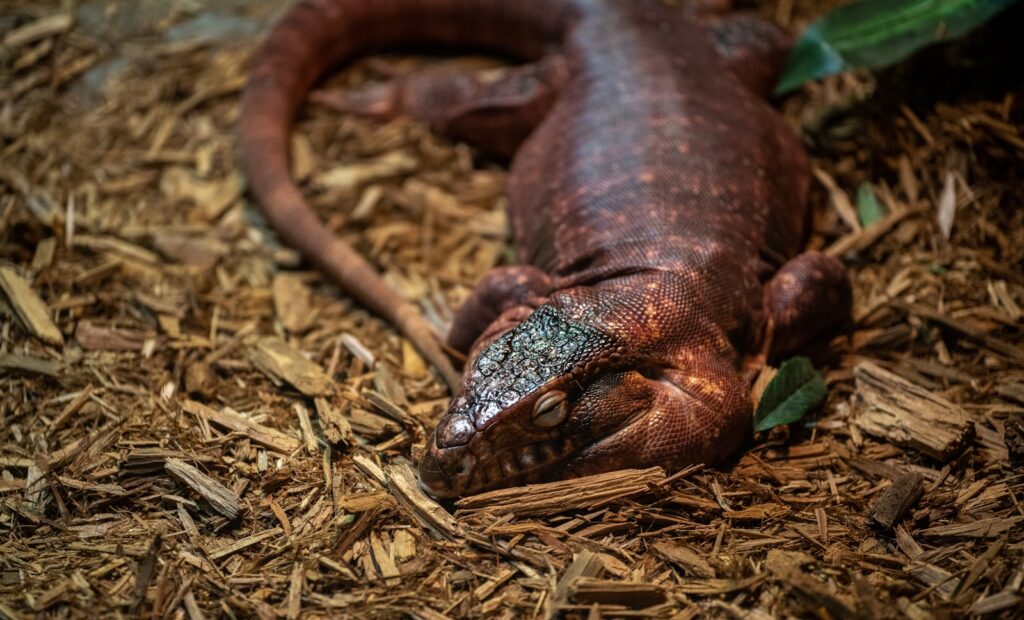
One of the most immediate and noticeable signs of poor habitat hygiene is a persistent unpleasant odor emanating from your exotic pet’s enclosure. While some exotic pets naturally produce stronger scents than others, a clean habitat should never smell offensive or overpowering. Ammonia-like odors are particularly concerning, as they indicate a buildup of waste products that can irritate your pet’s respiratory system and eyes.
For reptiles and amphibians, musty or sour smells often signal bacterial or fungal overgrowth in the substrate. Even subtle changes in odor should be investigated promptly, as they frequently precede more serious hygiene issues and can indicate the beginning of unhealthy biological processes in the habitat.
Visible Waste Accumulation
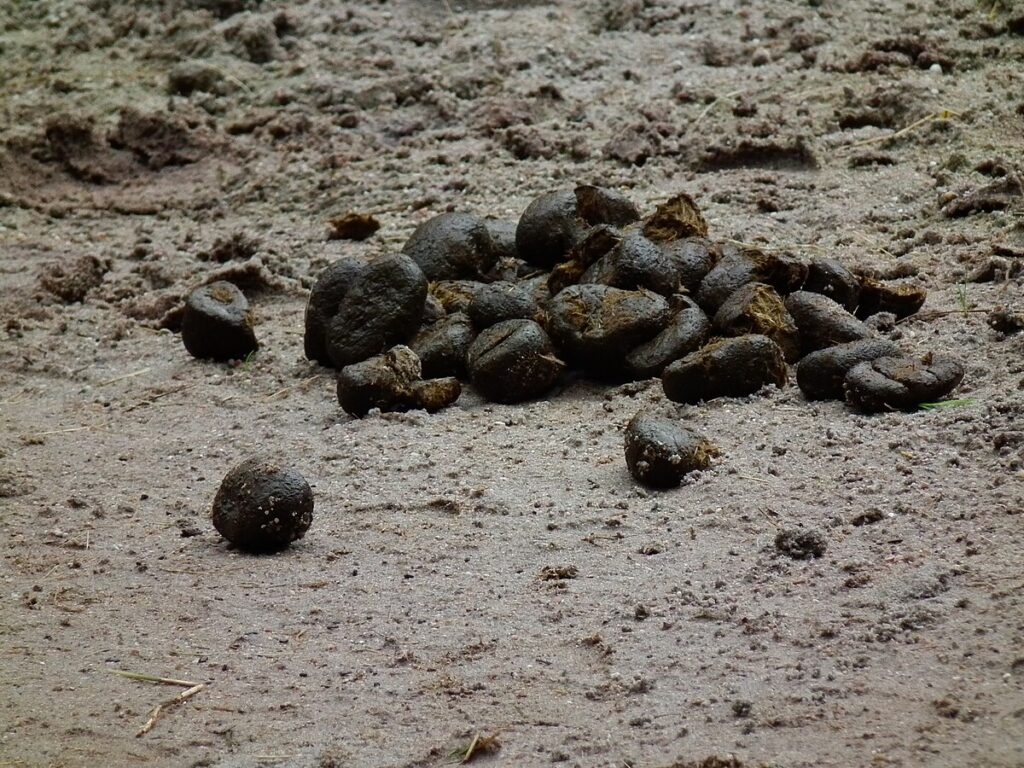
Proper exotic pet habitats should be relatively free of visible waste, regardless of the species. Feces, urates, shed skin, molted exoskeletons, and food remains should be promptly removed during regular maintenance. When these materials accumulate, they create breeding grounds for harmful bacteria and parasites that can quickly compromise your pet’s health. For substrate-dwelling species like bearded dragons or snakes, waste may become partially buried but still visible upon close inspection.
Aquatic and semi-aquatic habitats for turtles or axolotls may show cloudy water or visible particles floating in the water when waste levels become problematic. Even small exotic mammals like sugar gliders or hedgehogs will show visible waste accumulation in corners of their enclosures when cleaning schedules aren’t maintained properly.
Algae or Mold Growth
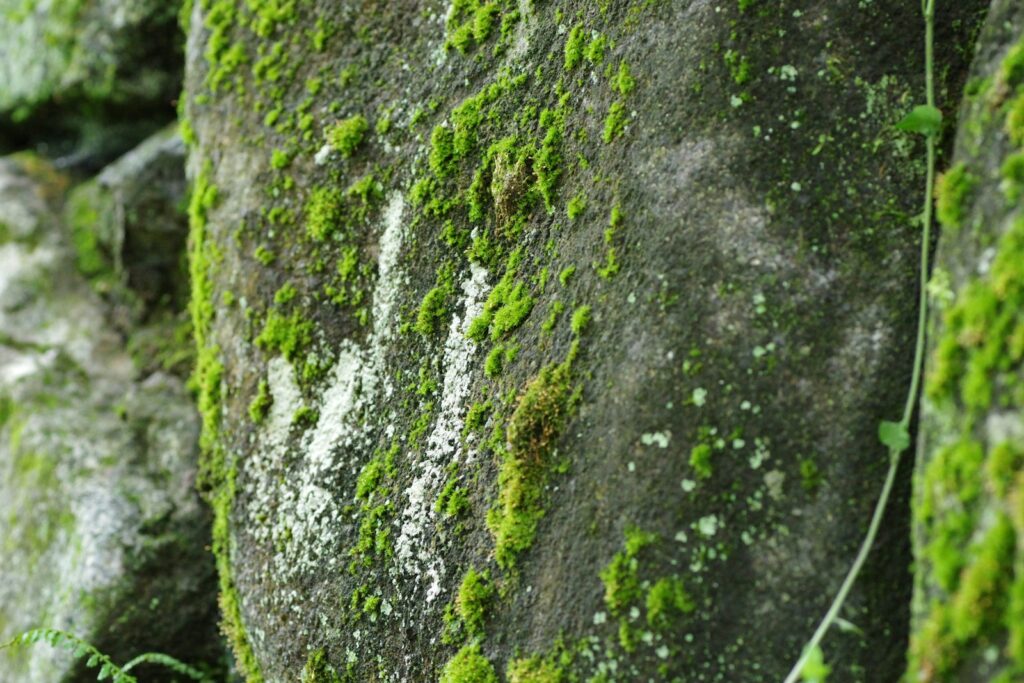
The presence of algae, mold, or mildew in an exotic pet’s habitat is a clear indication of excessive moisture and poor ventilation—key factors in hygiene problems. Green or brown algae commonly appears in aquatic habitats with improper filtration or excessive light exposure, while black mold may develop in damp corners of terrariums or hidden areas of enclosures.
White, fuzzy growths on substrate, decorations, or even directly on food items indicate fungal colonization that can cause serious respiratory and skin infections in exotic pets. These biological contaminants release spores that can trigger allergic reactions and respiratory distress in both pets and their human caretakers, making their presence particularly concerning in enclosed indoor environments.
Cloudy Water in Aquatic Habitats
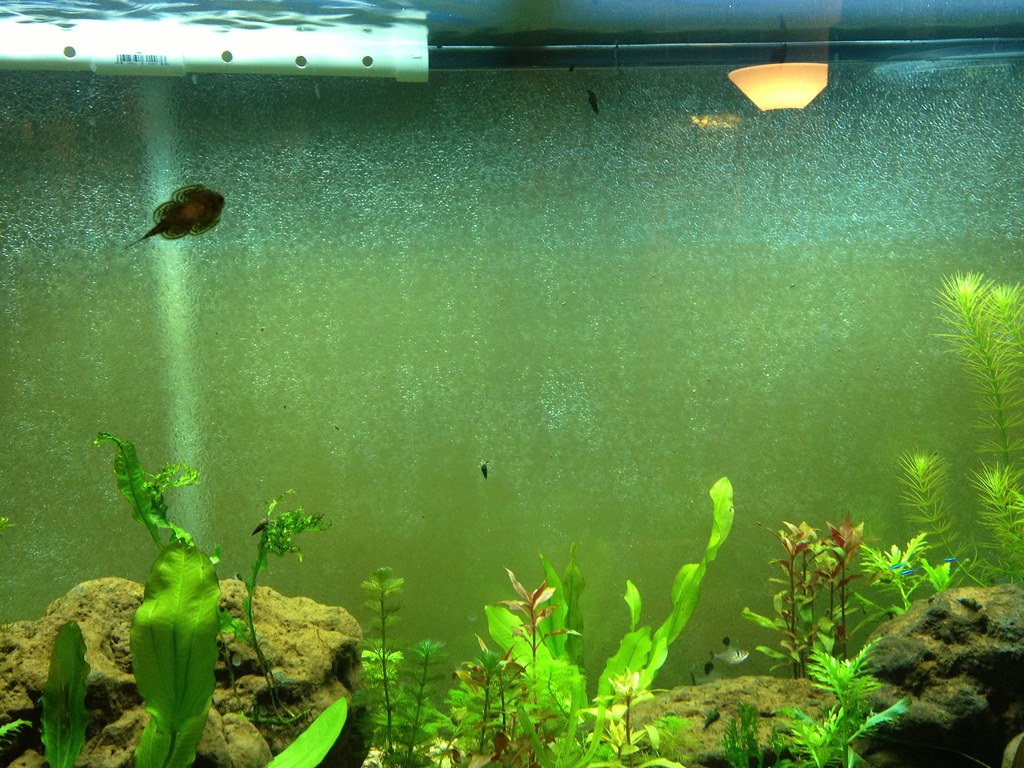
For aquatic and semi-aquatic exotic pets, water clarity serves as an immediate visual indicator of habitat hygiene. Healthy aquatic environments should maintain relatively clear water, while cloudiness suggests an imbalance in the biological filtration system or an accumulation of waste products. White or grayish cloudiness typically indicates a bacterial bloom, often resulting from overfeeding, inadequate filtration, or insufficient water changes.
Green or yellowish water signals algae proliferation, which consumes oxygen and can stress aquatic species like turtles, fish, and amphibians. Even slight discoloration can indicate the presence of dissolved organic compounds that, while not immediately visible as solid waste, can still harm sensitive species through altered water chemistry and reduced oxygen availability.
Pest Infestations
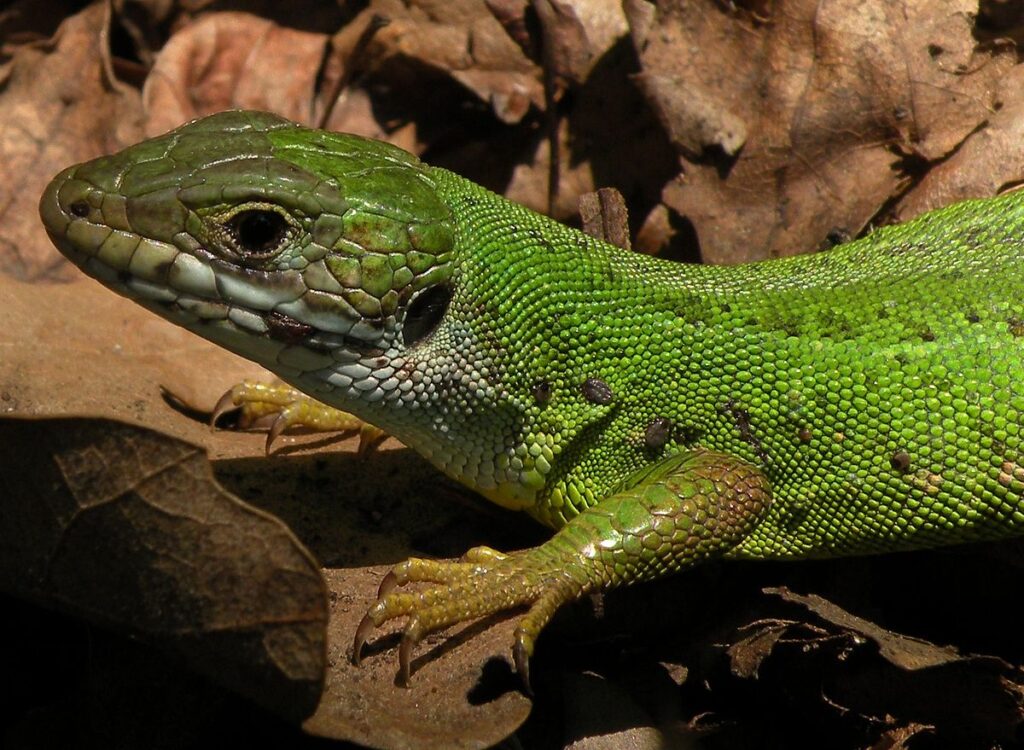
Neglected exotic pet habitats frequently become susceptible to pest infestations, which represent both a hygiene concern and a potential health threat. Fruit flies may appear in enclosures where fruit-based foods are left to decay, particularly in habitats for frugivorous species like certain geckos or sugar gliders.
Fungus gnats often indicate overly moist substrate conditions in reptile or amphibian enclosures, while larger pests like cockroaches or ants suggest food waste accumulation. For substrate-burrowing species, mites can become particularly problematic—these tiny arachnids may infest snake, lizard, or invertebrate enclosures and feed directly on the animals, causing stress, anemia, and secondary infections. The presence of any uninvited organisms in your pet’s habitat warrants immediate investigation and remediation to prevent escalation of the infestation.
Soiled Bedding or Substrate
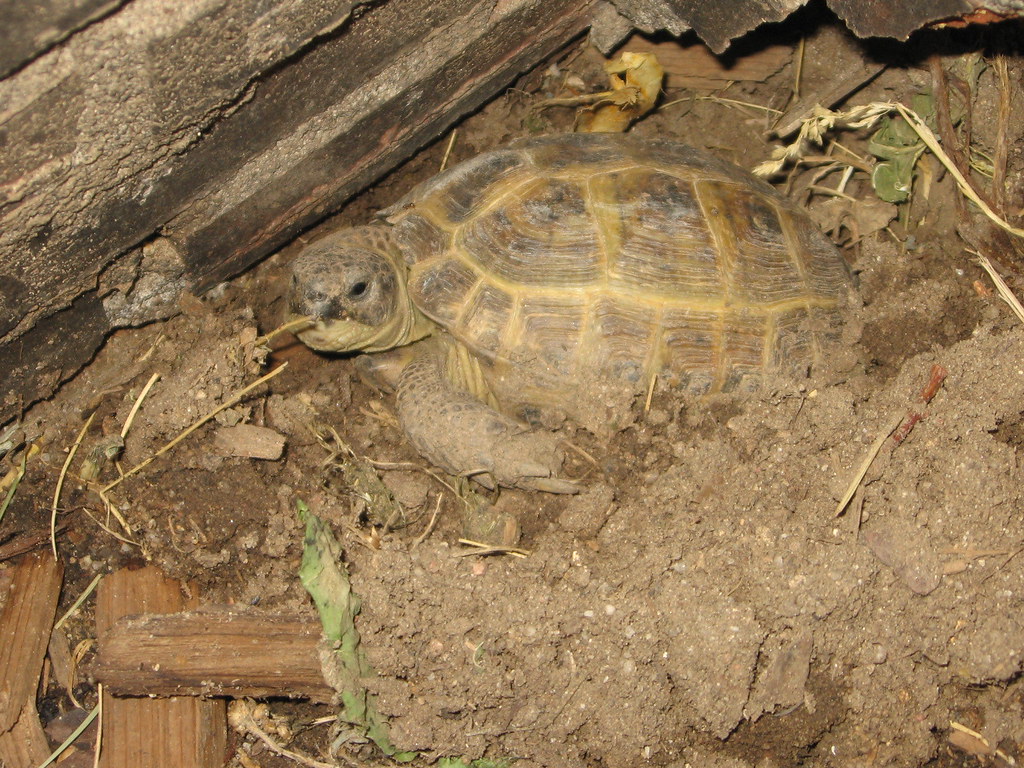
The condition of bedding or substrate materials provides clear visual evidence of habitat hygiene levels for many exotic pets. Fresh, clean substrate should maintain its original color and texture, while soiled materials often appear discolored, compressed, or clumped together.
For burrowing species like hedgehogs or certain reptiles, substrate should be regularly checked for hidden waste deposits that may not be immediately visible from the surface. Moisture-retaining substrates like coconut coir or cypress mulch can mask waste buildup more effectively than sand or paper-based beddings, requiring more thorough inspection.
When substrate begins to develop a damp, compacted appearance or shows color changes in specific areas, these zones typically indicate urine saturation or waste decomposition that necessitates immediate replacement rather than spot cleaning.
Unusual Animal Behavior
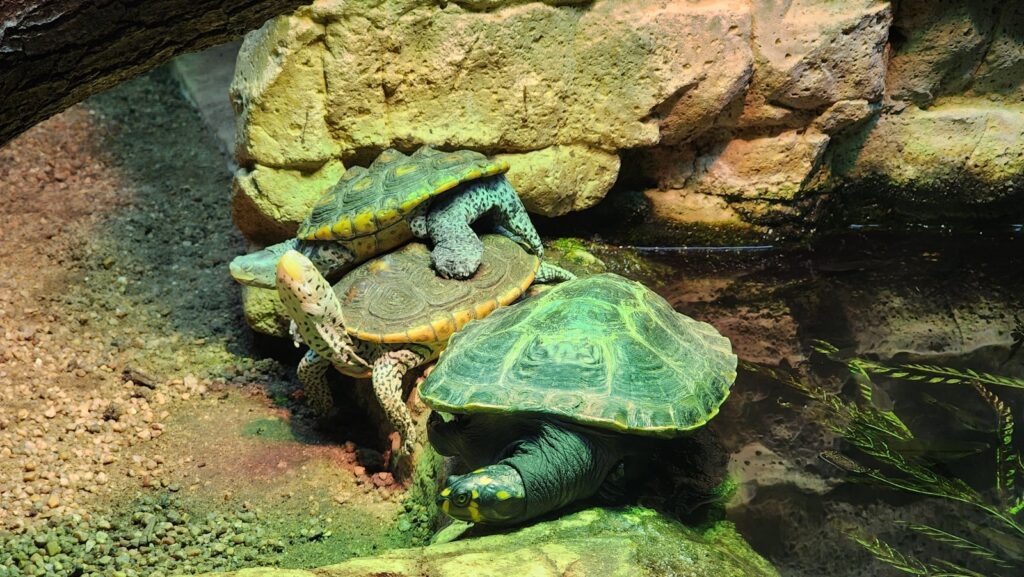
Exotic pets often modify their behavior in response to deteriorating habitat conditions, providing observant owners with behavioral indicators of hygiene problems. Many species will avoid soiled areas of their enclosure, sometimes restricting themselves to a small portion of the available space to escape unsanitary conditions.
Aquatic turtles may spend excessive time basking rather than swimming when water quality deteriorates, while arboreal species might remain elevated on branches to avoid contaminated substrate. Increased scratching, excessive grooming, or unusual rubbing behaviors can indicate irritation from waste buildup or the presence of mites in the environment. Some species may display stress behaviors like glass surfing (repeatedly moving along the walls of the enclosure) or decreased activity levels when living in unsanitary conditions that compromise their sensory comfort and physical health.
Skin or Shell Problems
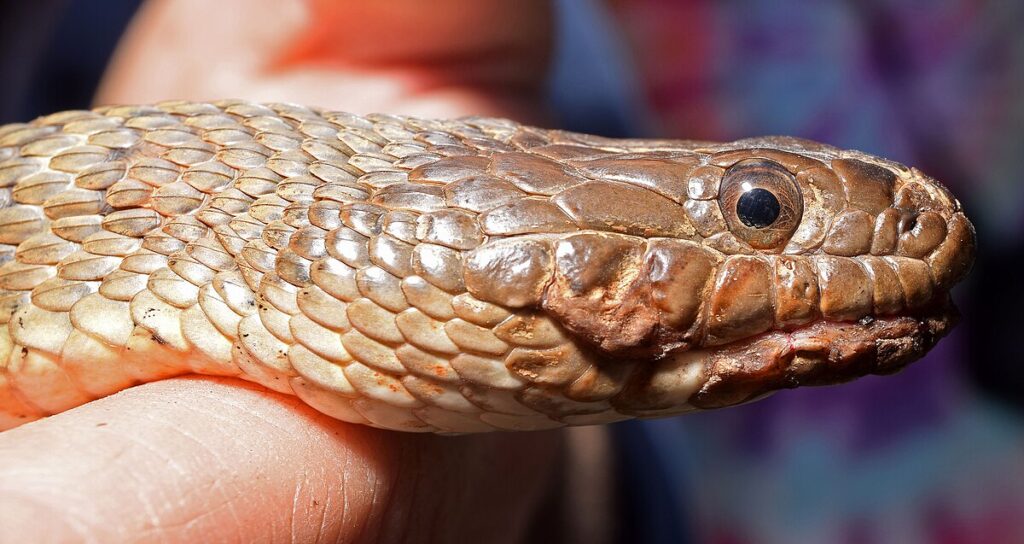
Direct physical contact with unsanitary habitat conditions frequently manifests as visible changes to an exotic pet’s skin, scales, feathers, or shell. Reptiles may develop scale rot or bacterial dermatitis when forced to rest on soiled or overly damp substrate, appearing as discolored, softened, or sloughing scales.
Aquatic turtles commonly develop shell rot (ulcerative shell disease) when kept in poorly maintained water, visible as soft, discolored patches on the shell that may emit an unpleasant odor. Birds kept in unclean environments often show feather discoloration, particularly around the vent area, or develop bumblefoot (pododermatitis) from standing on soiled perches.
Even invertebrates like tarantulas or millipedes can exhibit exoskeleton abnormalities when their substrate contains harmful microorganisms, appearing as darkened patches or unusual molting patterns.
Respiratory Symptoms

Poor habitat hygiene creates airborne contaminants that can severely impact exotic pets’ respiratory health, particularly in enclosed environments with limited ventilation. Early respiratory symptoms may include increased respiratory rate, audible breathing, or subtle changes in breathing patterns that owners might initially overlook.
More advanced cases may present as wheezing, bubbling at the nares (nostrils), open-mouth breathing, or in birds, tail bobbing during respiration. Ammonia from accumulated waste is especially damaging to respiratory tissues, while fungal spores from moldy substrate can cause fungal pneumonia in susceptible species.
The confined nature of most exotic pet habitats means that airborne contaminants become highly concentrated compared to natural environments, making respiratory issues a common consequence of poor hygiene practices even before visible habitat deterioration becomes apparent.
Degraded Habitat Features

Environmental features within exotic pet habitats often show visible signs of deterioration when hygiene practices are inadequate. Water bowls may develop slimy biofilms along the edges or show mineral deposits indicating infrequent cleaning and water changes.
Wooden habitat features like branches, hide boxes, or climbing structures can develop soft spots, discoloration, or unusual textures when repeatedly soiled or exposed to excessive moisture. Artificial plants or decorations may become discolored or develop sticky residues from accumulated waste particles and humidity.
Electronics essential for habitat maintenance, such as heat lamps or water pumps, frequently develop dust buildup or mineral deposits that affect their performance and create additional hygiene concerns as they circulate contaminated air or water throughout the environment.
Foul-Smelling Food Dishes
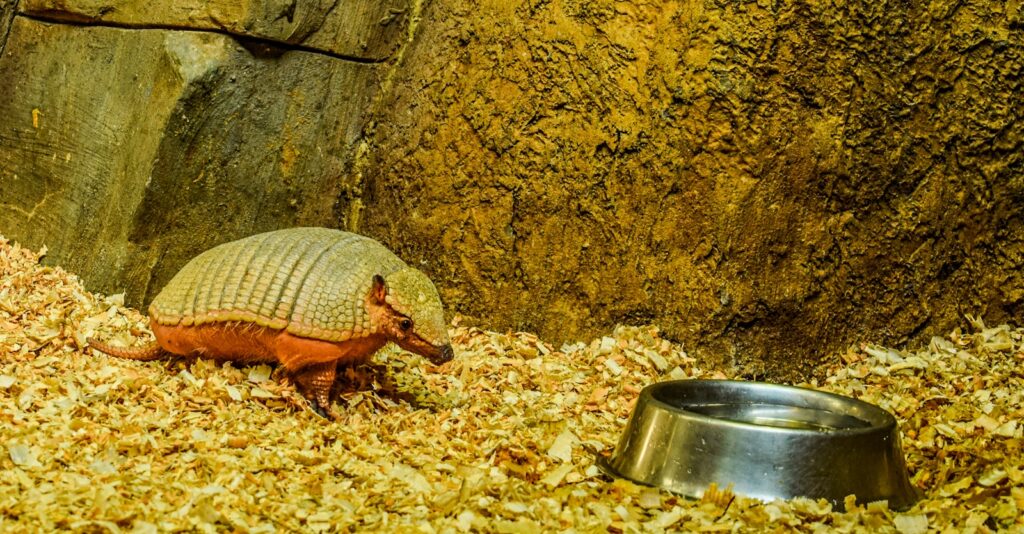
Food and water containers in exotic pet habitats require particular attention, as they quickly become sources of contamination when neglected. Protein-based foods like insects, meat, or fish products decompose rapidly, creating strong odors and dangerous bacterial growth when not promptly removed.
Fruit and vegetable matter ferments and attracts fruit flies, while scattered dry foods absorb moisture and develop mold when mixed with substrate. The areas surrounding feeding stations often accumulate dropped food particles that decompose and harbor bacteria, even when the dishes themselves appear relatively clean.
For species that soak or defecate in their water dishes, such as many reptiles, these containers can become particularly problematic sources of contamination that recirculate pathogens throughout the habitat when the animal drinks or bathes.
Weight Loss or Poor Body Condition

Chronic exposure to unsanitary habitat conditions frequently manifests as deteriorating physical condition in exotic pets, even when feeding regimens remain consistent. Poor hygiene creates physiological stress that increases energy expenditure while potentially decreasing nutrient absorption, leading to gradual weight loss or failure to grow appropriately in juvenile animals.
Visual assessment may reveal prominent hip bones, visible spine, or reduced muscle mass in mammals and reptiles, while birds may show prominent keel bones or reduced breast muscle. Aquatic species often develop poor color intensity when water quality issues persist, while invertebrates may appear smaller after molting than expected for their age and feeding schedule.
These physical changes typically develop gradually, making regular weighing and body condition scoring important practices for detecting hygiene-related health deterioration before it becomes severe.
Secondary Infections
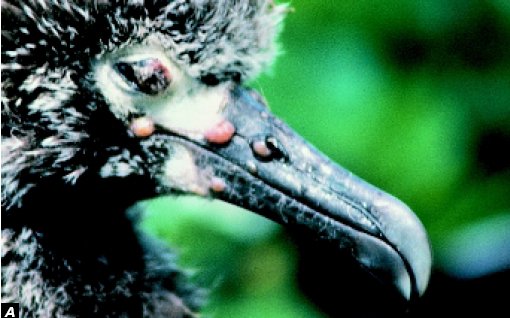
Perhaps the most medically serious consequence of poor habitat hygiene is the development of secondary infections that capitalize on an exotic pet’s compromised immune system and contaminated environment. Bacterial infections commonly manifest as abscesses, pneumonia, or septicemia when normal skin flora or environmental bacteria enter through minor wounds or compromised respiratory tissues.
Fungal infections like yellow fungus disease in reptiles or aspergillosis in birds develop when environmental fungal spores find suitable growth conditions in the animal’s body tissues. Parasitic infestations frequently intensify in unsanitary conditions, as parasite eggs or larvae in fecal matter can reinfect the animal through direct contact or contaminated food and water.
These secondary conditions often require extensive veterinary intervention and can become life-threatening, particularly in species that naturally hide signs of illness until conditions become advanced.
Maintaining appropriate habitat hygiene is one of the most fundamental aspects of exotic pet care, yet it’s often underestimated in its importance. The signs outlined above serve as crucial early warning indicators that should prompt immediate action from responsible owners.
By recognizing these signals and implementing proper cleaning protocols, specialized substrate management, appropriate humidity control, and regular habitat maintenance, exotic pet enthusiasts can significantly extend their pets’ lifespans and improve their quality of life.
Remember that different species have unique hygiene requirements—what constitutes appropriate cleaning frequency and methods for a desert-dwelling reptile differs dramatically from the needs of a tropical amphibian or arboreal mammal. When in doubt, consulting with exotic veterinarians or experienced keepers can help establish optimal hygiene protocols tailored to your specific pet’s needs.

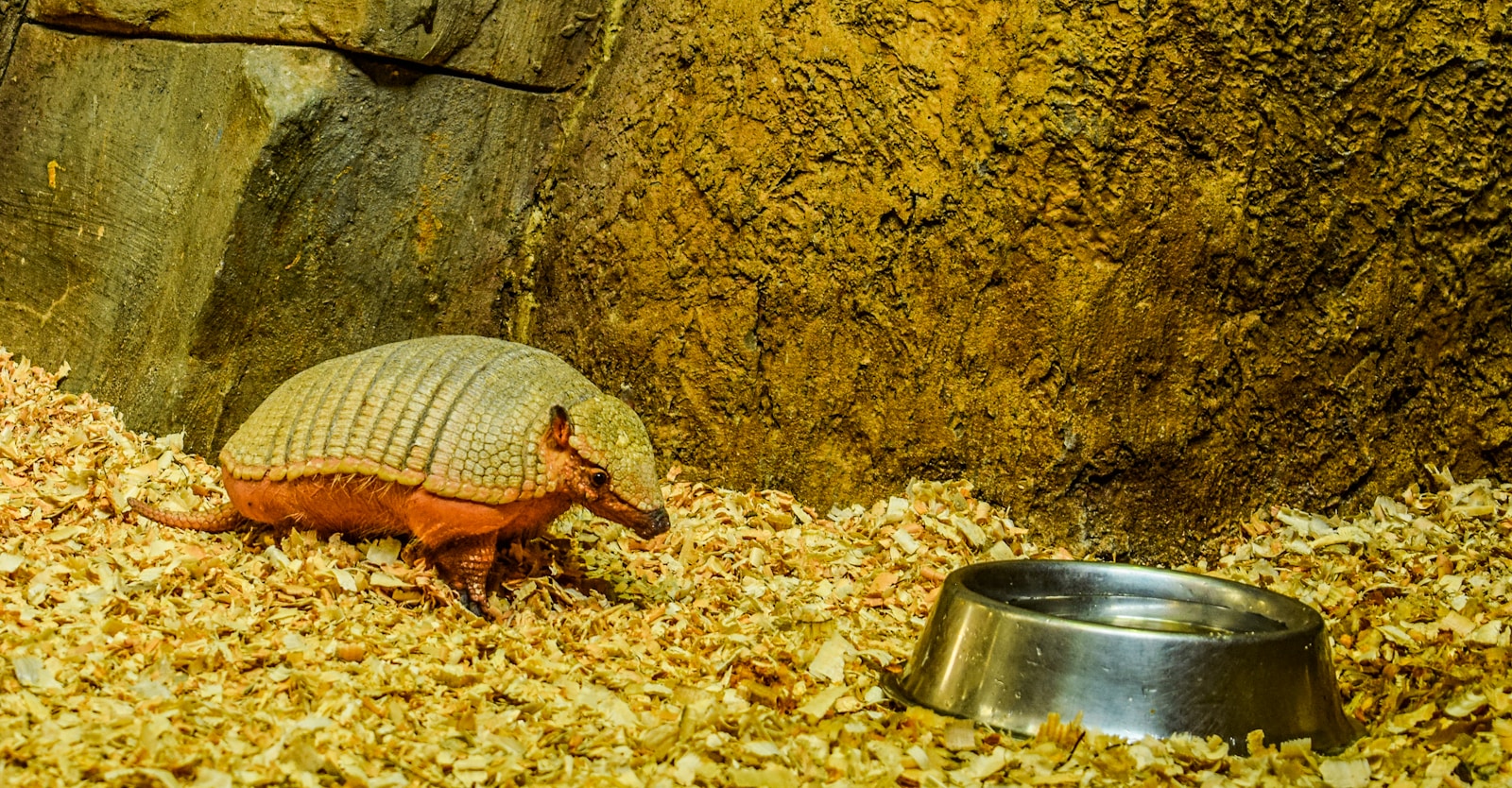
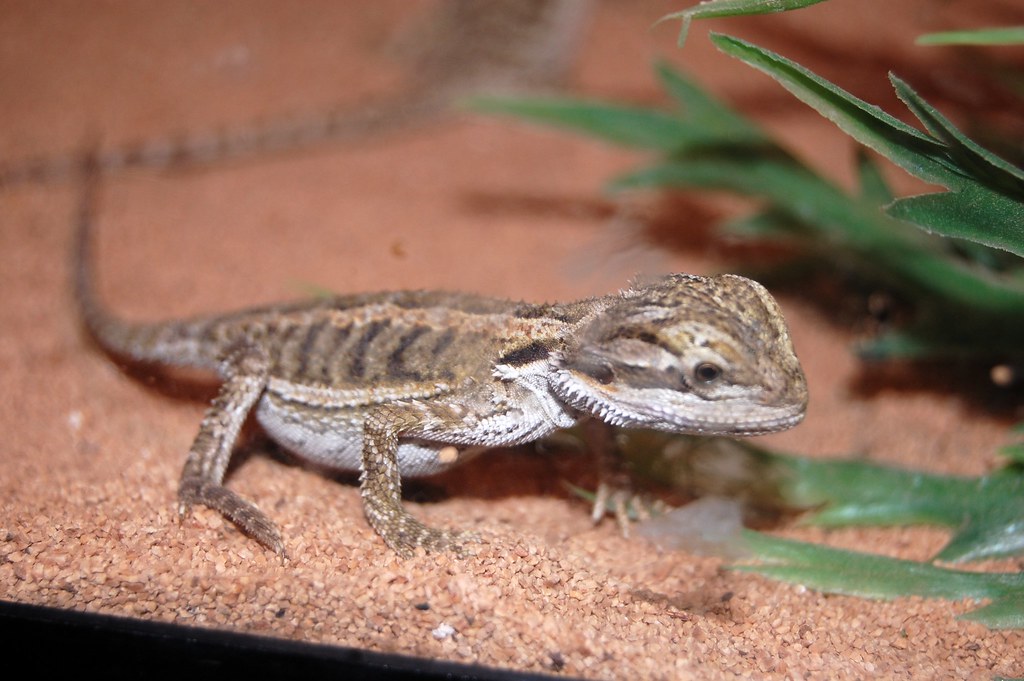
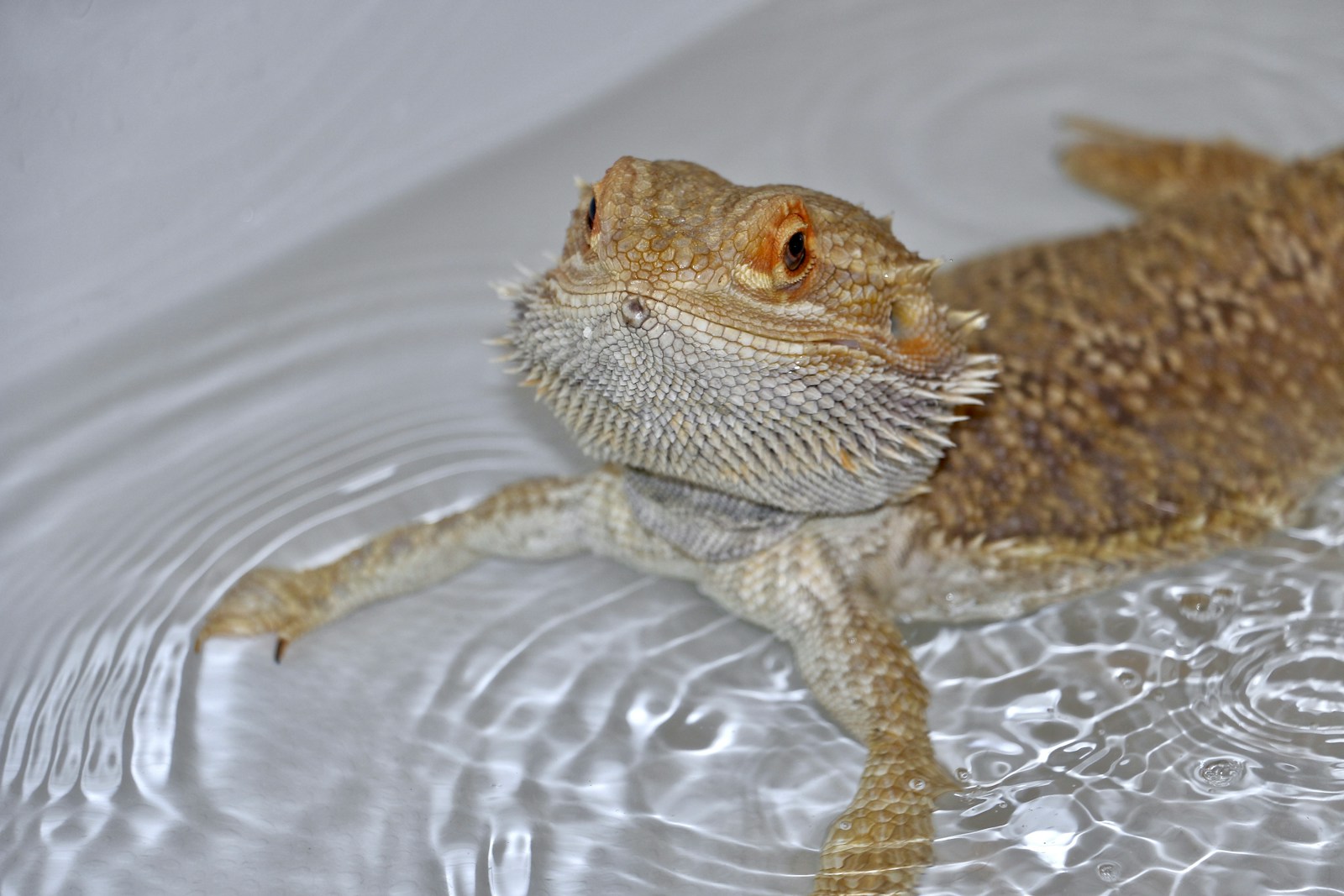
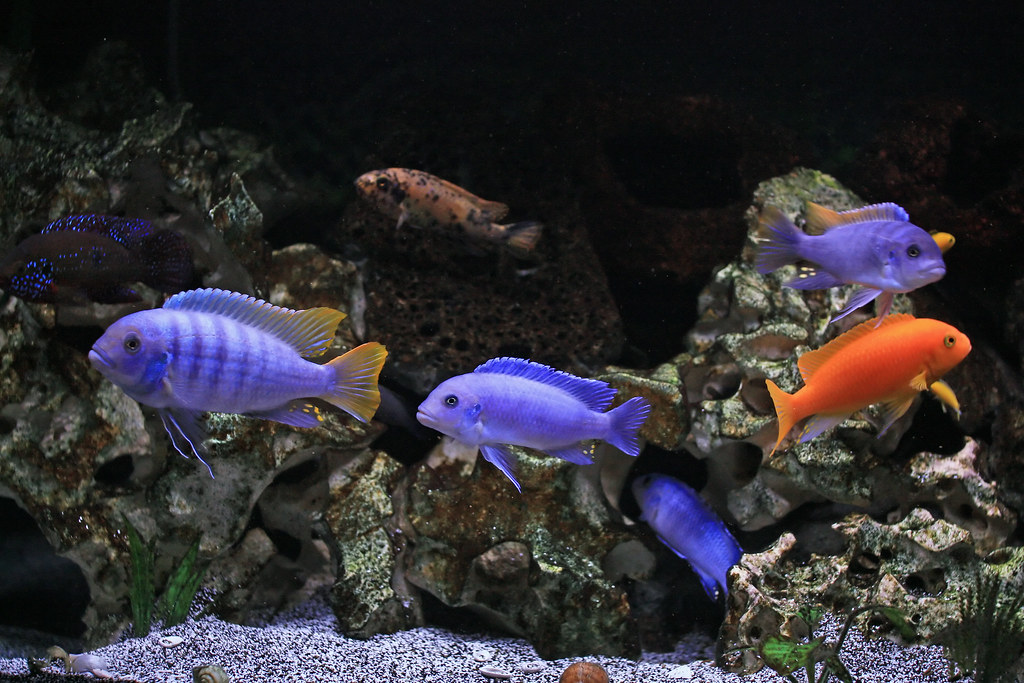
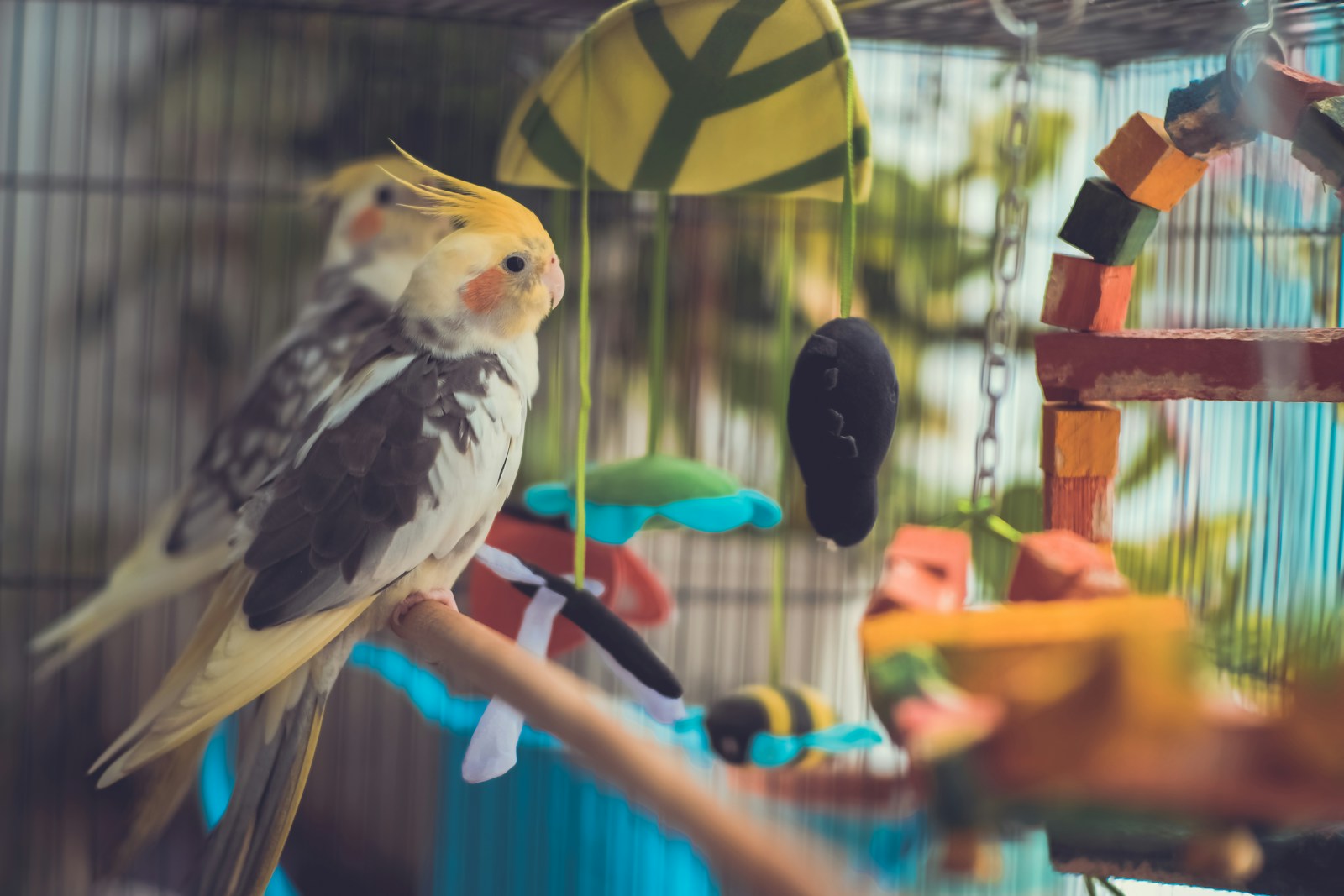
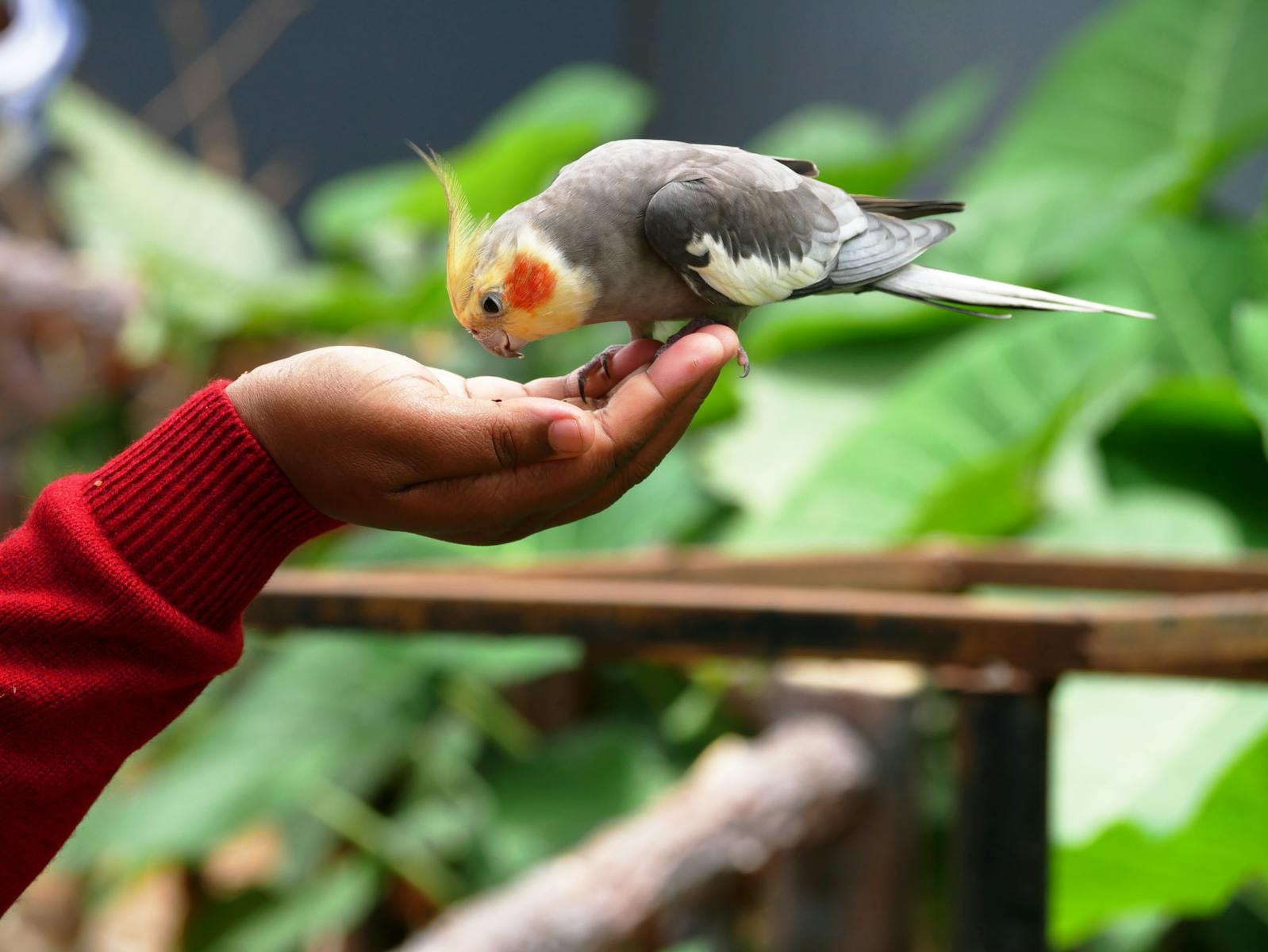
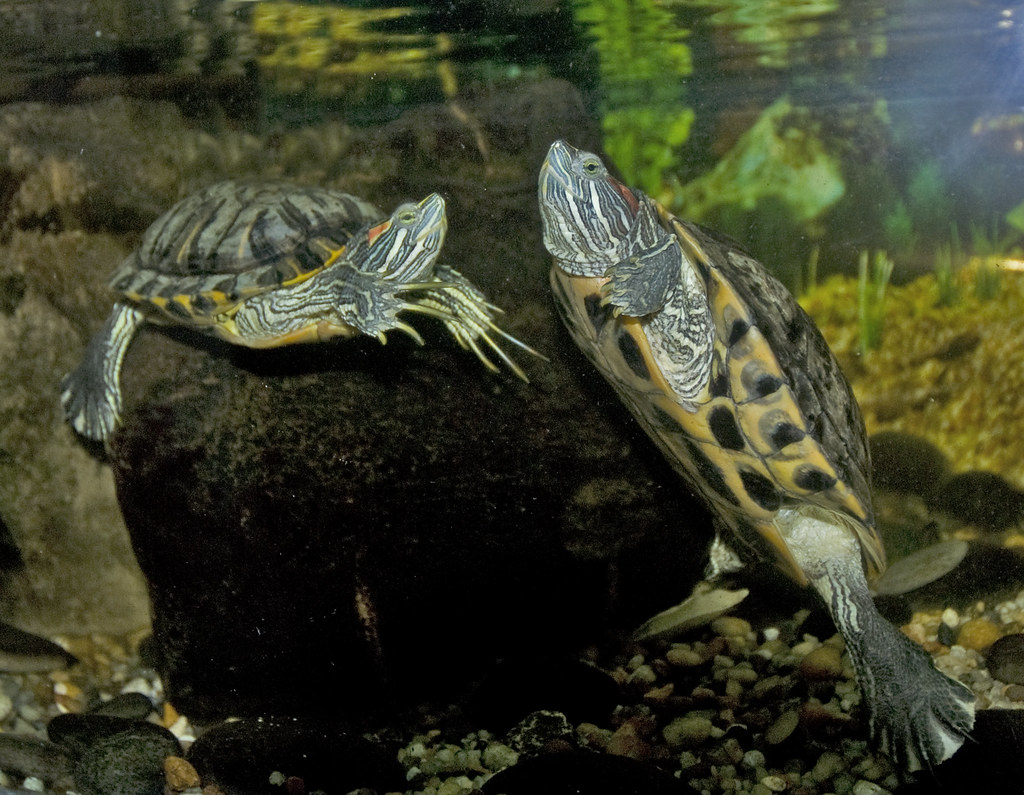
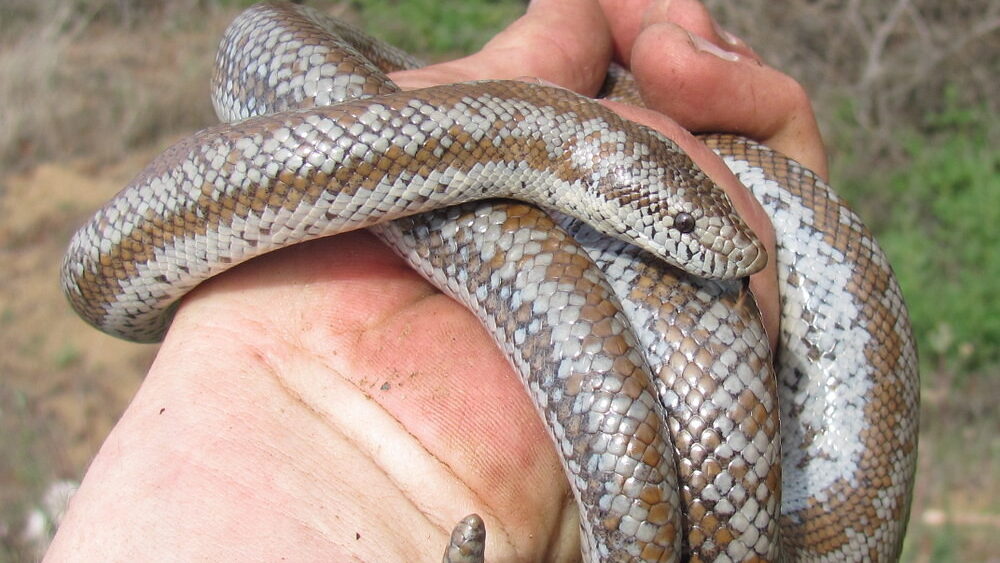
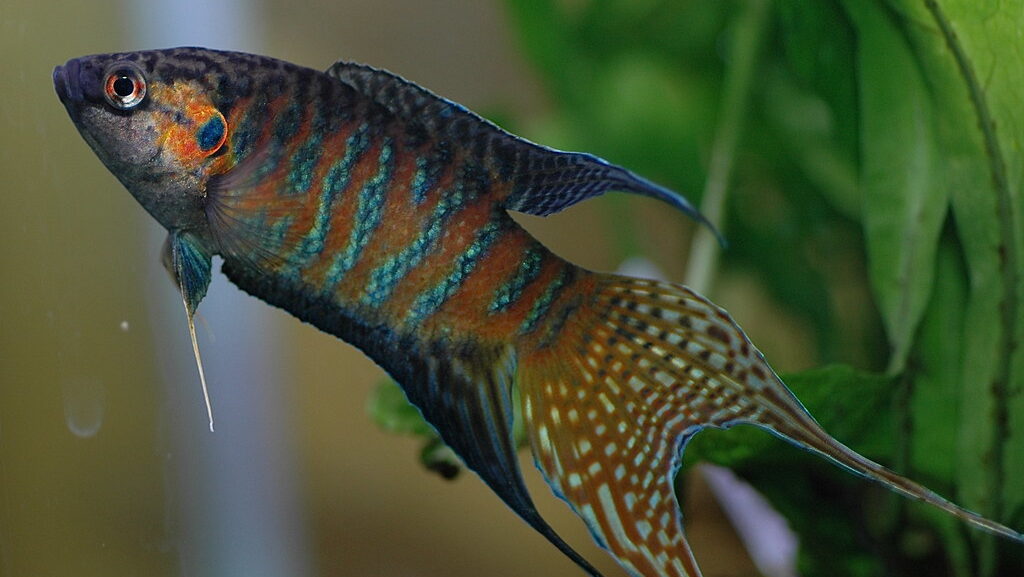

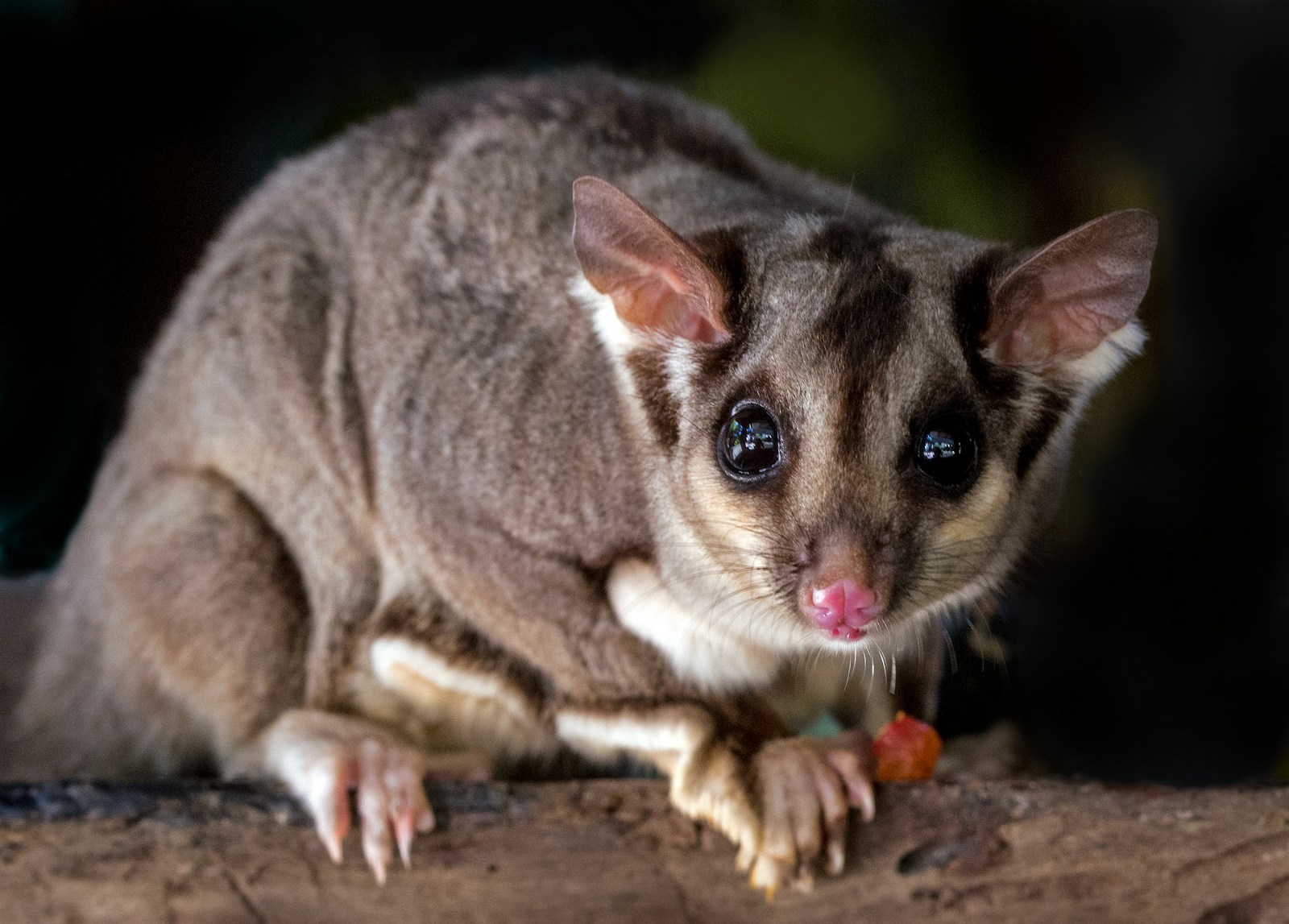




Leave a Reply